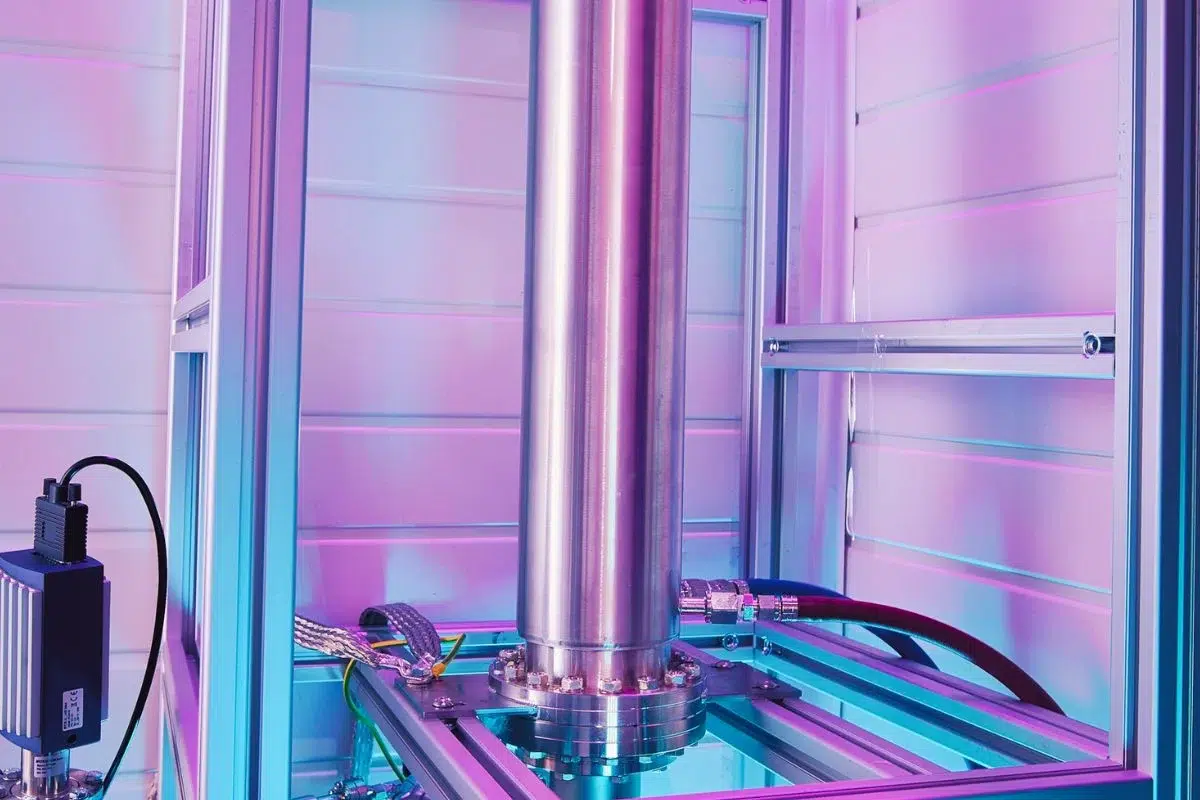Show table of content Hide table of content
In a breakthrough that’s reshaping nuclear fusion’s landscape, British company Astral Systems has achieved what major international reactors haven’t yet accomplished: producing tritium within its own reactor. This milestone positions the UK startup as a potential “SpaceX of nuclear fusion,” bringing a practical approach to one of energy’s greatest challenges.
British innovation disrupting the nuclear fusion landscape
Nestled in a quiet corner of the United Kingdom, Astral Systems has emerged as an unexpected pioneer in the race toward fusion energy. The privately-owned company recently demonstrated its ability to generate tritium—an essential but extremely rare hydrogen isotope—directly inside its fusion reactor during a 55-hour test completed this March.
Tritium’s scarcity presents a critical bottleneck in fusion energy development. With merely 25 kg estimated to exist naturally on Earth, this isotope remains one of the most coveted materials in energy research. Current global production, primarily from Canadian CANDU reactors, yields only a few hundred grams annually—far below what major research facilities require.
News This TikToker buys a used van and realizes it has a hidden surveillance device.
Astral’s achievement becomes even more remarkable when considering the extreme environments involved in fusion research. Scientists exploring similarly hostile conditions have made startling discoveries in other settings, as when he visits one of the most radioactive places on Earth and makes a discovery straight out of a horror movie.
The company’s approach diverges dramatically from conventional fusion projects. Rather than focusing solely on massive, complex reactors like ITER in Cadarache, France—which continues facing budget overruns and delays—Astral Systems has developed an agile, dual-purpose technology that both generates energy and produces its own fuel simultaneously.
Multi-state fusion: the technological breakthrough powering tritium production
At the heart of Astral’s innovation lies their Multi-State Fusion technology, which uniquely combines two fusion reaction types within a single reactor. The first occurs in plasma, similar to conventional fusion approaches. The second employs Lattice Confinement Fusion (LCF), a concept NASA previously explored that concentrates fuel at densities 400 million times greater than plasma-based methods.
During their March test, Astral operated the reactor with deuterium (another hydrogen isotope) while surrounding the core with a lithium layer called a breeder blanket. This arrangement captured neutrons released during fusion reactions, transforming them into tritium detected in real-time throughout the experiment.
Though the produced quantities remain small, the significance cannot be overstated: Astral has demonstrated a sustainable path to creating the rarest fusion fuel directly where it’s needed. This self-sustaining approach eliminates dependence on external tritium sources—equivalent to designing a car that produces its own fuel while driving.
The technology’s implications extend beyond energy production. With Astral targeting 10 trillion fusion reactions per second—an unprecedented rate for commercial reactors—applications could revolutionize multiple industries. Medical isotope production, materials testing, nuclear waste management, space propulsion, and hybrid fusion-fission systems all stand to benefit from this breakthrough.
David versus Goliath: how a startup is outpacing international megaprojects
The contrast between Astral Systems and massive international efforts like ITER couldn’t be starker. While ITER represents a multinational collaboration with billions in funding, Astral has achieved its breakthrough with comparatively modest resources and a more streamlined approach.
This scenario mirrors disruptions seen in other scientific fields, where unexpected discoveries often emerge from determined research teams. Scientific breakthroughs frequently appear in unexpected places, similar to how a gigantic great white shark, captured and then released, puzzles scientists off the U.S. coast.
News Bat wings after 50? Here’s the most effective exercise, according to a coach.
ITER, despite its scale and resources, remains years away from tritium production capability. The project continues experiencing significant delays, pushing operational timelines further into the future. Meanwhile, Astral Systems has demonstrated a working prototype that addresses one of fusion’s fundamental challenges.
This accomplishment represents more than just a technological achievement—it signals a paradigm shift in how fusion energy development might progress. Rather than relying solely on massive, internationally-funded projects, smaller, nimbler companies could accelerate progress through targeted innovations and practical approaches.
The future implications of tritium self-sufficiency
Astral Systems’ breakthrough potentially solves one of fusion energy’s most vexing challenges. By creating a reactor that produces its own tritium fuel, the company addresses both the scarcity problem and the logistical complexities of supplying fusion reactors with this essential isotope.
Looking forward, Astral aims to scale up tritium production while improving overall reactor efficiency. Their immediate goal—reaching 10,000 billion fusion reactions per second—would establish new benchmarks for commercial fusion systems and open doors for numerous scientific and industrial applications.
The technology’s versatility extends beyond electrical power generation. With sufficient neutron flux, these reactors could transform medicine by producing rare isotopes for cancer treatment, test advanced materials under extreme conditions, transmute certain nuclear waste components into less hazardous substances, and even power deep space missions.
What Astral Systems has accomplished mirrors SpaceX’s impact on space technology—taking a concept long considered the domain of government agencies and massive consortia and developing a more practical, commercially-oriented approach. This British innovation may ultimately reshape our path to fusion energy, demonstrating that sometimes the most significant breakthroughs come from unexpected quarters.


